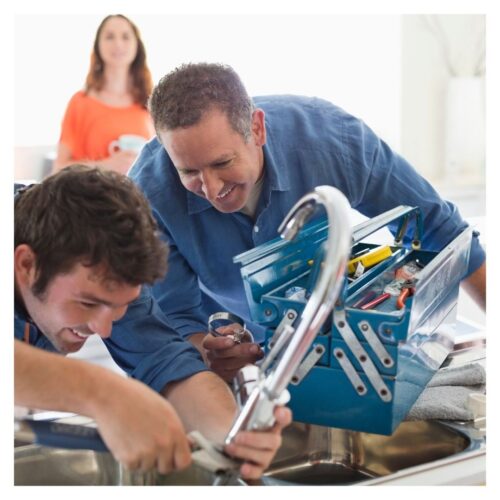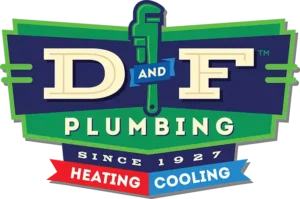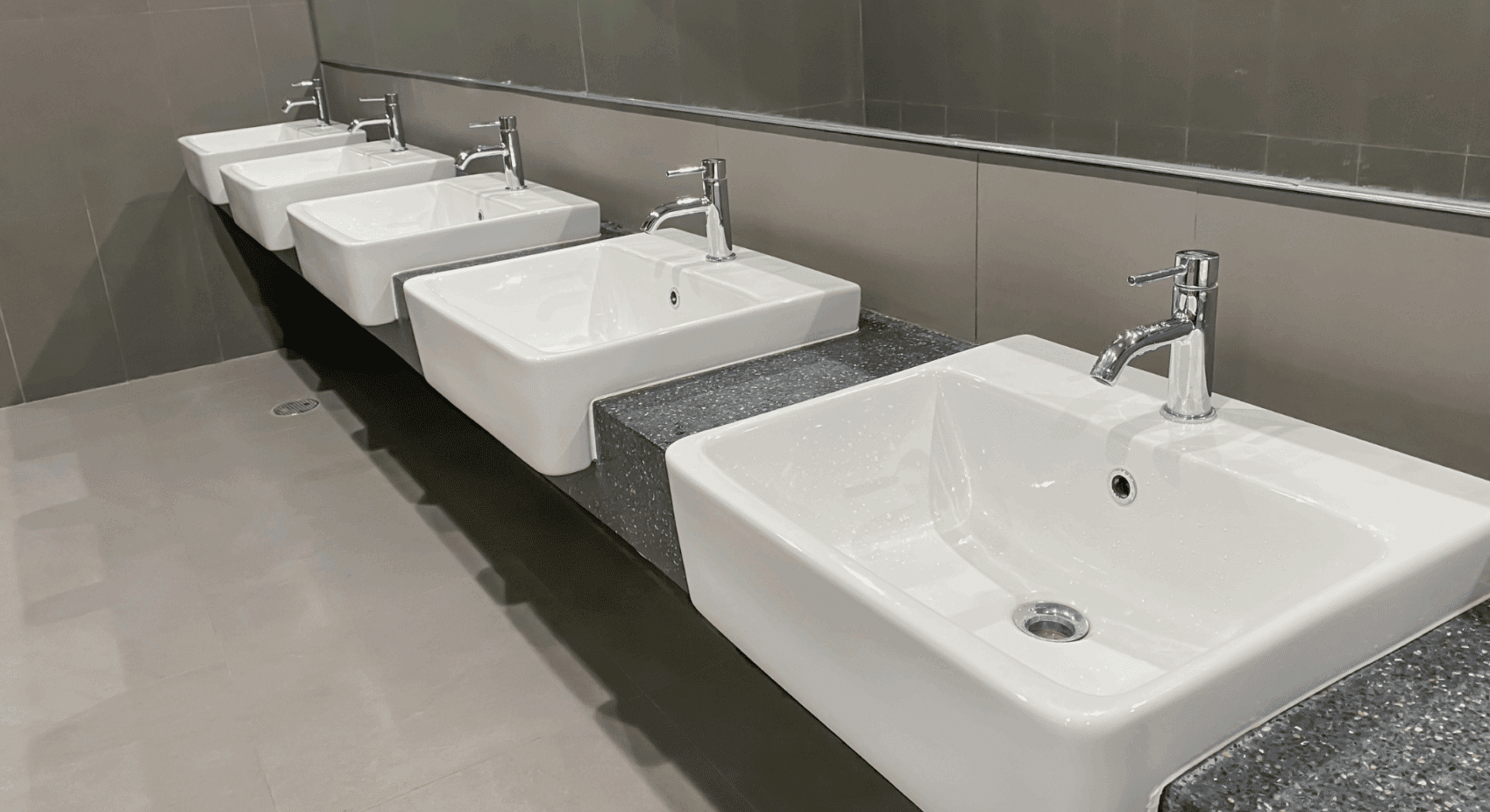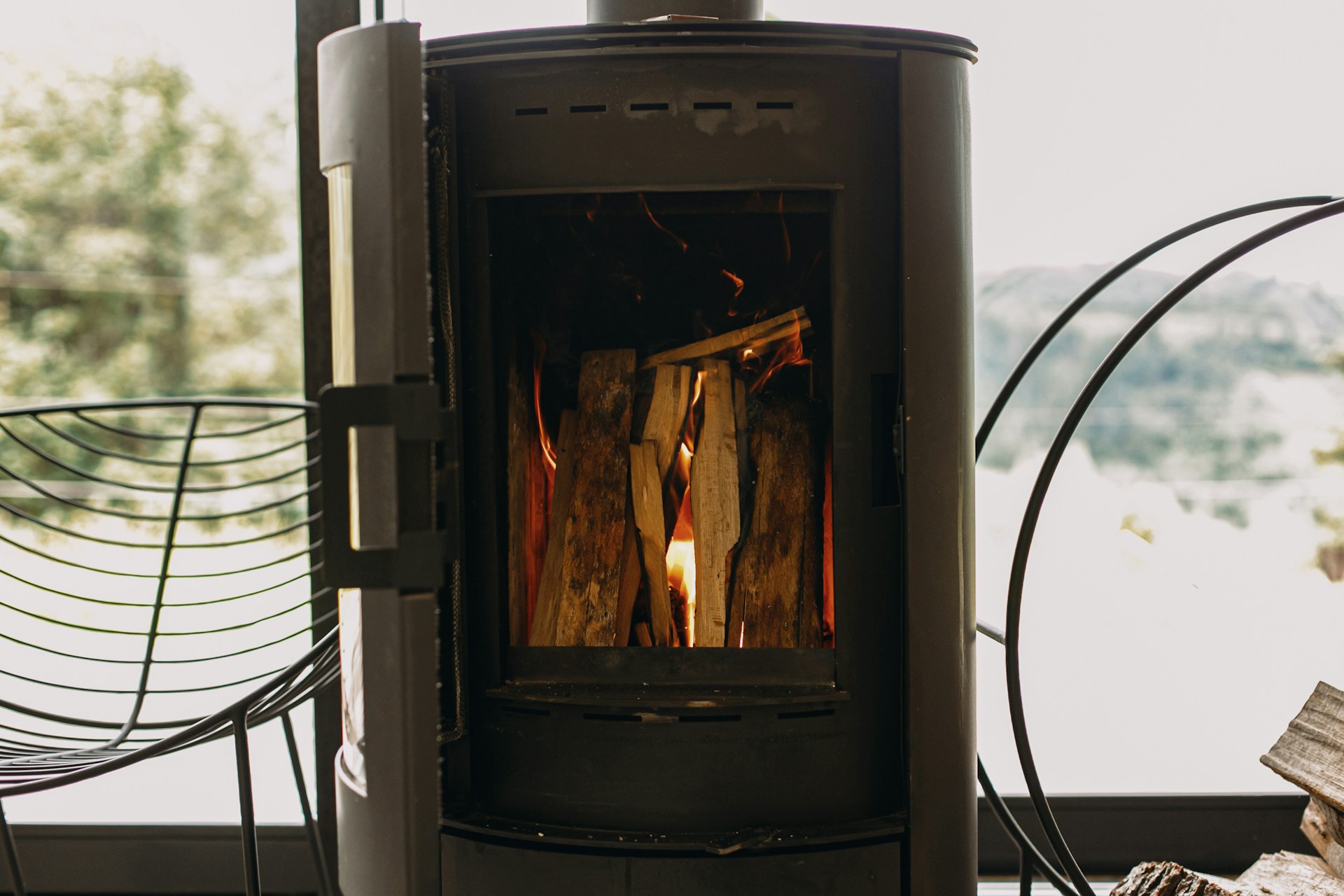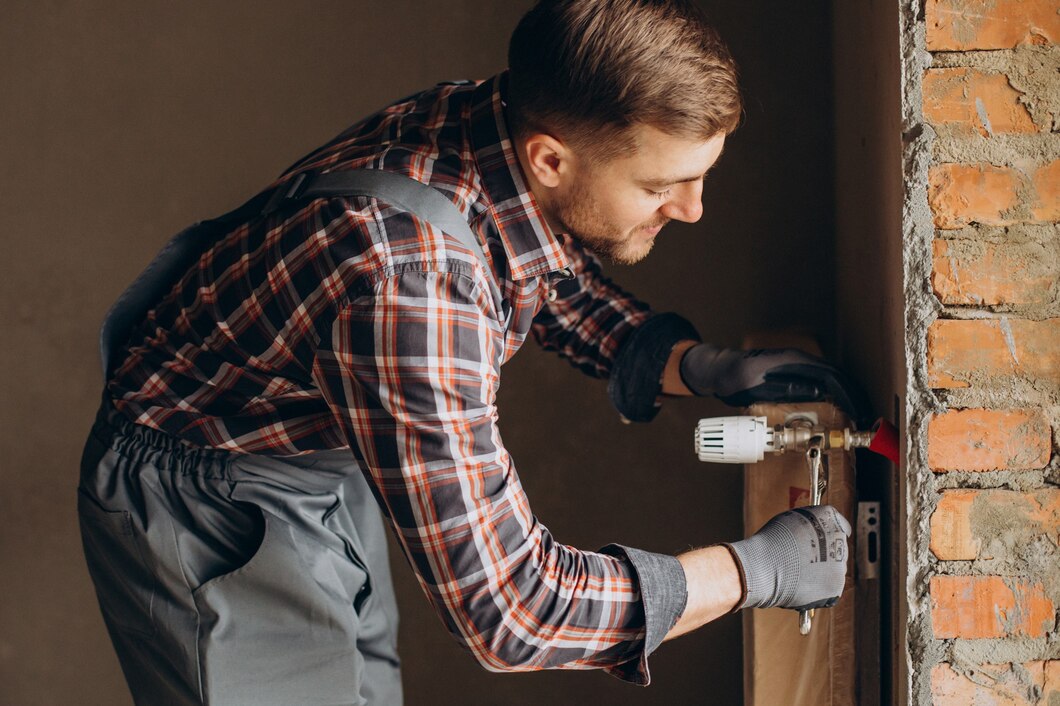Facing a furnace failure during cold weather can be a stressful experience. When your heat fails, it’s essential to act quickly to restore comfort and safety in your home. Understanding the common causes of furnace failures and knowing what steps to take immediately can make a significant difference.
Common Causes of Furnace Failures
Thermostat Issues
One common cause of furnace failure is a malfunctioning thermostat. If the thermostat is not working correctly, it can cause the furnace to stop producing heat. Sometimes, the issue might be as simple as dead batteries or incorrect settings. In other cases, the thermostat itself may need replacement or recalibration.
Dirty Filters
Dirty air filters are another frequent cause of furnace problems. Over time, filters can become clogged with dust, dirt, and debris, restricting airflow. This can cause the furnace to overheat and shut down. Regularly changing or cleaning filters can prevent this issue and ensure the system operates efficiently.
Ignition or Pilot Control Problems
Issues with the ignition system or pilot control can prevent the furnace from heating your home. These problems can stem from a faulty ignition system, dirty pilot light, or issues with the gas supply. If the pilot light is not staying lit or the ignition system fails to start the burners, the furnace will not heat effectively.
Wear and Tear
Over time, normal wear and tear can lead to furnace component failures. Motors, belts, and other moving parts can wear out, causing the system to lose efficiency or stop working. Regular maintenance can help detect these issues early and prevent unexpected breakdowns.
Electrical Problems
Furnaces rely on various electrical components to operate, including wiring, switches, and fuses. Any failure or disruption in these electrical parts can cause the furnace to stop working. Ensuring that connections are tight and components are in good condition can prevent most electrical issues.
Immediate Steps to Take When Your Furnace Fails
Check the Thermostat
The first step to take when your furnace fails is to check the thermostat. Ensure it is set to “heat” and the temperature setting is higher than the current room temperature. If the thermostat uses batteries, replace them to rule out easy fixes.
Inspect the Circuit Breaker
Next, check the circuit breaker. Sometimes, a tripped breaker could cause the furnace to fail. Locate your home’s electrical panel and ensure the breaker for the furnace is in the “on” position. Reset it if necessary.
Verify the Furnace Switch
Furnaces usually have a dedicated power switch, often located nearby. Ensure this switch is turned on. Sometimes, the switch might be flipped off accidentally.
Look at the Furnace Filter
Inspect the air filter for clogs or excessive dirt. A dirty filter can cause the furnace to shut down to prevent overheating. If the filter looks dirty, replace or clean it and see if the furnace starts working again.
Check the Pilot Light or Ignition System
If you have an older furnace with a pilot light, make sure it is lit. For newer systems with electronic ignitions, ensure that the system is receiving power and try resetting it. Consult the furnace manual for specific instructions.
Assess for Any Visible Damage
Look for any visible damage or obvious issues, such as disconnected ducts or physical damage to the furnace unit. While some problems may be beyond your skill to fix, identifying them can help when explaining the issue to a professional.
DIY Troubleshooting Tips for Furnace Repair
Check the Air Filter
One simple troubleshooting step is to check the air filter. A dirty air filter can restrict airflow, causing your furnace to overheat and shut down. Replacing or cleaning a clogged filter can often restore normal function. Make it a habit to check and replace filters regularly to prevent future issues.
Inspect the Thermostat
Ensure your thermostat is working correctly. Set it to “heat” and make sure the temperature is set higher than the current room temperature. Replace the batteries if necessary. If the thermostat is still malfunctioning, it may require recalibration or replacement.
Examine the Vents and Registers
Blocked or closed vents and registers can cause uneven heating and strain the furnace. Ensure that all vents and registers are open and unobstructed. This will promote proper airflow and help the furnace heat your home more efficiently.
Reset the Furnace
Many furnaces have a reset button or switch. If the furnace is not working, try resetting it. Consult the furnace manual for specific instructions on how to reset your particular model. This can sometimes resolve minor electronic glitches.
Clear the Area Around the Furnace
Make sure the area around your furnace is clear of any obstructions. Flammable materials and debris can block airflow or pose safety hazards. Keeping the area clean and free of clutter helps your furnace operate safely and efficiently.
When to Call a Professional for Furnace Repair
Persistent Issues After DIY Troubleshooting
If you have tried basic troubleshooting steps and the furnace still does not work, it’s time to call a professional. Persistent problems could indicate more significant issues that require specialized tools and expertise to fix.
Strange Noises or Smells
Unusual noises like banging, rattling, or squealing coming from the furnace can indicate mechanical problems. Strange smells, especially those resembling gas or burning, should be addressed immediately by a professional. These signs can indicate severe issues that need prompt attention.
Frequent Cycling On and Off
If your furnace frequently cycles on and off, it could be a sign of a malfunction or inefficient operation. This issue can lead to increased energy costs and wear on the system. Our technicians can diagnose the problem and provide the necessary repairs to restore proper function.
Inconsistent Heating
Cold spots or inconsistent heating throughout your home can indicate a problem with your furnace or ductwork. Our professionals can inspect the system, identify the cause, and recommend the best solution to ensure even heating.
Lack of Heat
If the furnace is running but not producing any heat, there could be an issue with the burners, heat exchanger, or electrical components. These problems require professional diagnosis and repair to ensure safe and efficient operation.
Conclusion
Dealing with a failed furnace can be stressful, especially during cold weather. Understanding common causes of furnace failures and knowing immediate steps to take can help you manage the situation effectively. By addressing furnace issues promptly, you can ensure the comfort and safety of your home.
For expert furnace repair in Portland, OR, trust D&F Plumbing, Heating and Cooling. Our professionals are ready to diagnose and fix your furnace issues, ensuring your home stays warm and comfortable. Contact us today to schedule an appointment and experience reliable service from our skilled technicians!



